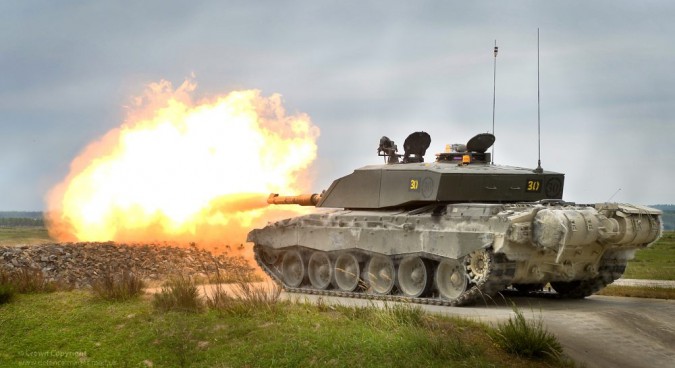N. Korea expected to test-fire at least 5 more Musudan missiles: report
2016/10/21 11:35
SEOUL, Oct. 21 (Yonhap) -- North Korea is expected to make at least five additional attempts to test-fire its intermediate-range Musudan missiles down the road, a media report said Friday.
Citing Markus Schiller, an aerospace engineer at Munich-based ST Analytics, U.S.-based media Radio Free Asia (RFA) reported the North's launch the previous day of a Musudan missile following last week's failed launch appears to be an attempt to upgrade its engine.
Schiller, quoted by RFA, said the North was fortunate enough to have made a successful launch of a ballistic missile to date in a process of test-firing many missiles that it produced at a time. "But North Korea will likely face many failed launches and make at least five to 10 additional attempts to test-fire ballistic missiles," he said.
The Musudan, which can be launched from a mobile launcher, is estimated to have a range of over 3,000 kilometers, or 1,800 miles, and is theoretically capable of reaching the U.S. territory of Guam.
The latest launch is the eighth Musudan missile fired off this year by the reclusive country. Of the eight, a missile launched on June 22 flew 400 km and reached an altitude of over 1,400 km. Others blew up immediately after being launched, which may indicate that Pyongyang has not fully mastered related missile technology.
According to Schiller, the North is likely to go through a process similar to the Soviet Union in the past in which it produced 10, 20 or 30 units simultaneously, attempted a raft of missile launches and upgraded them before deploying them.
namsh@yna.co.kr
Citing Markus Schiller, an aerospace engineer at Munich-based ST Analytics, U.S.-based media Radio Free Asia (RFA) reported the North's launch the previous day of a Musudan missile following last week's failed launch appears to be an attempt to upgrade its engine.
Schiller, quoted by RFA, said the North was fortunate enough to have made a successful launch of a ballistic missile to date in a process of test-firing many missiles that it produced at a time. "But North Korea will likely face many failed launches and make at least five to 10 additional attempts to test-fire ballistic missiles," he said.
The Musudan, which can be launched from a mobile launcher, is estimated to have a range of over 3,000 kilometers, or 1,800 miles, and is theoretically capable of reaching the U.S. territory of Guam.
The latest launch is the eighth Musudan missile fired off this year by the reclusive country. Of the eight, a missile launched on June 22 flew 400 km and reached an altitude of over 1,400 km. Others blew up immediately after being launched, which may indicate that Pyongyang has not fully mastered related missile technology.
According to Schiller, the North is likely to go through a process similar to the Soviet Union in the past in which it produced 10, 20 or 30 units simultaneously, attempted a raft of missile launches and upgraded them before deploying them.
namsh@yna.co.kr





